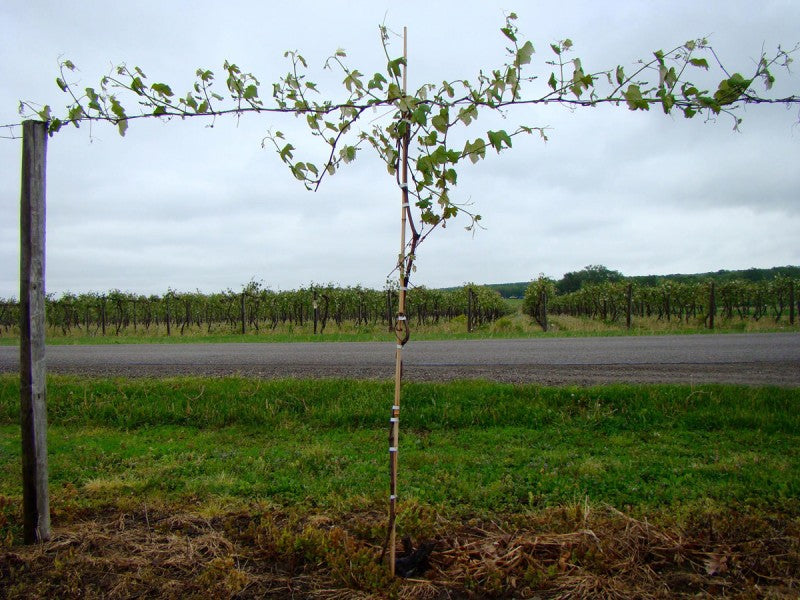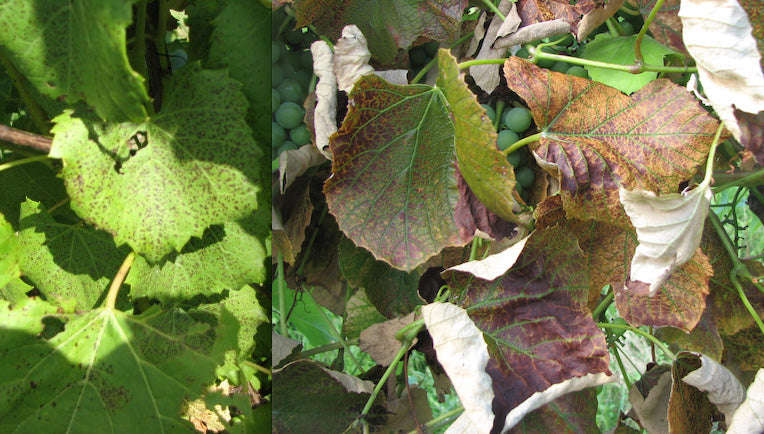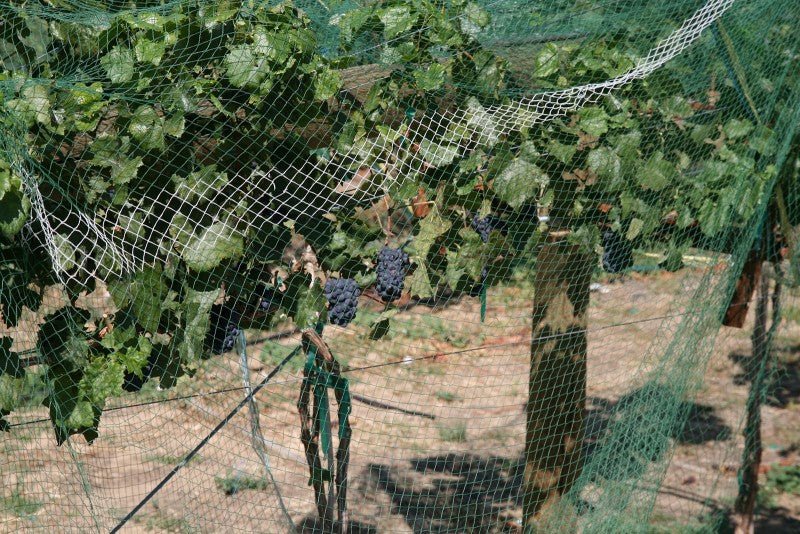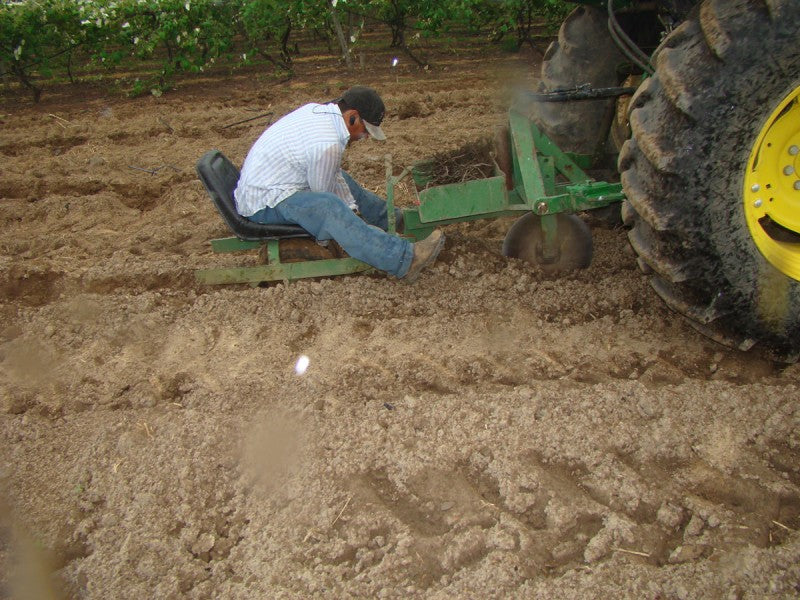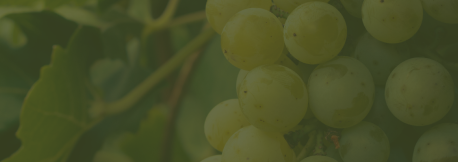Rick Dunst, Viticulturist, Double A Vineyards, Inc. Choosing an appropriate training system for your vineyard is one of the most important decisions you will make; that decision will affect potential productivity and profitability for the life of the vineyard. The most appropriate training system for your vineyard is based primarily on growth habit and the need for optimum fruit exposure, and i...
Read More